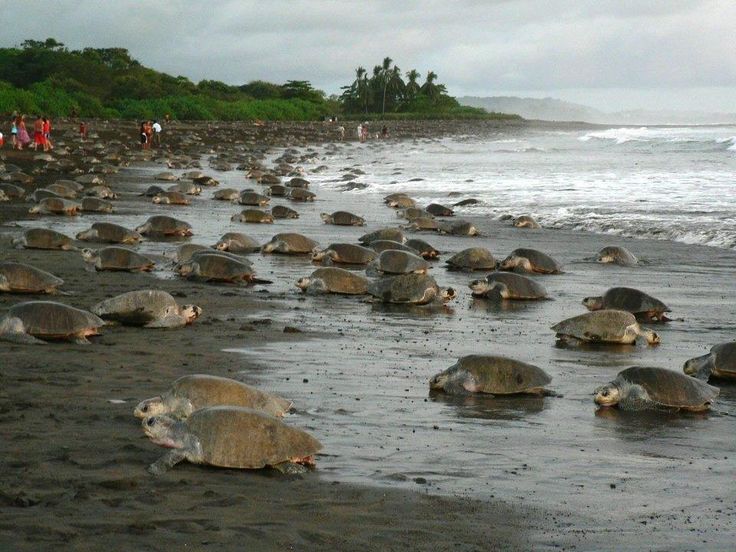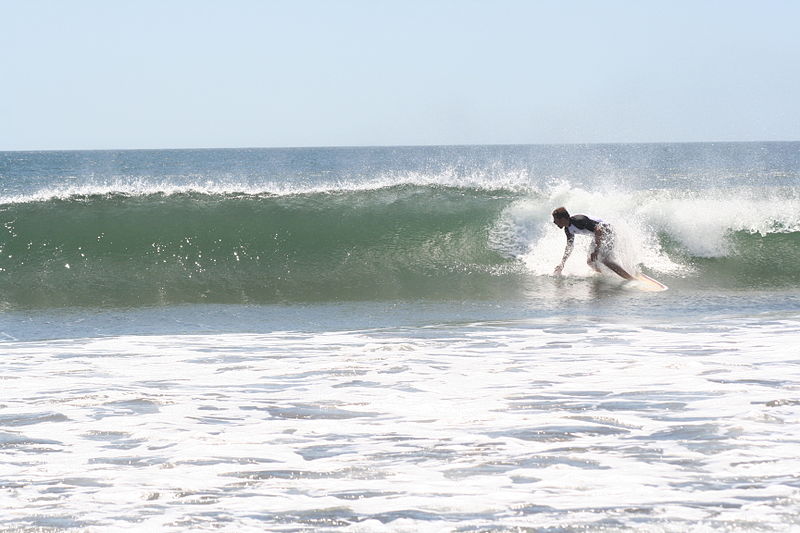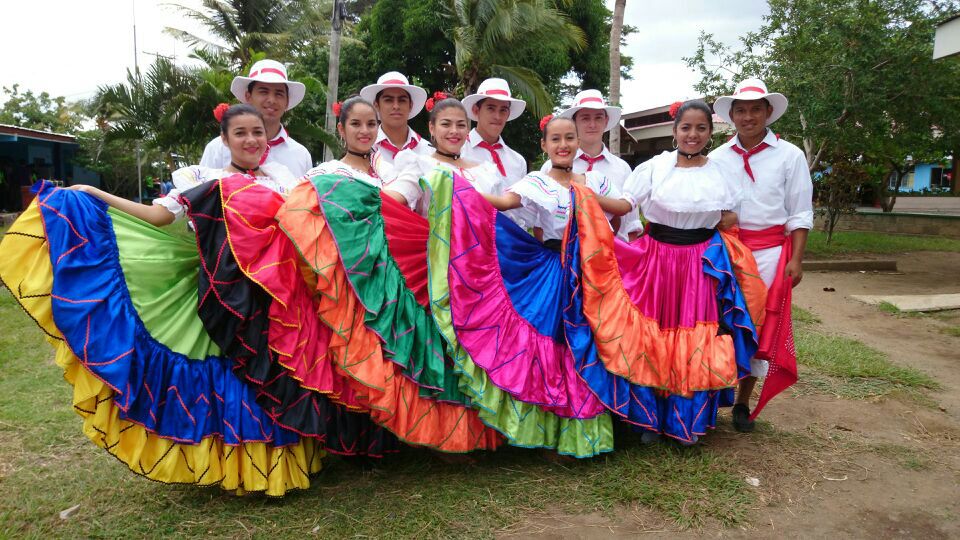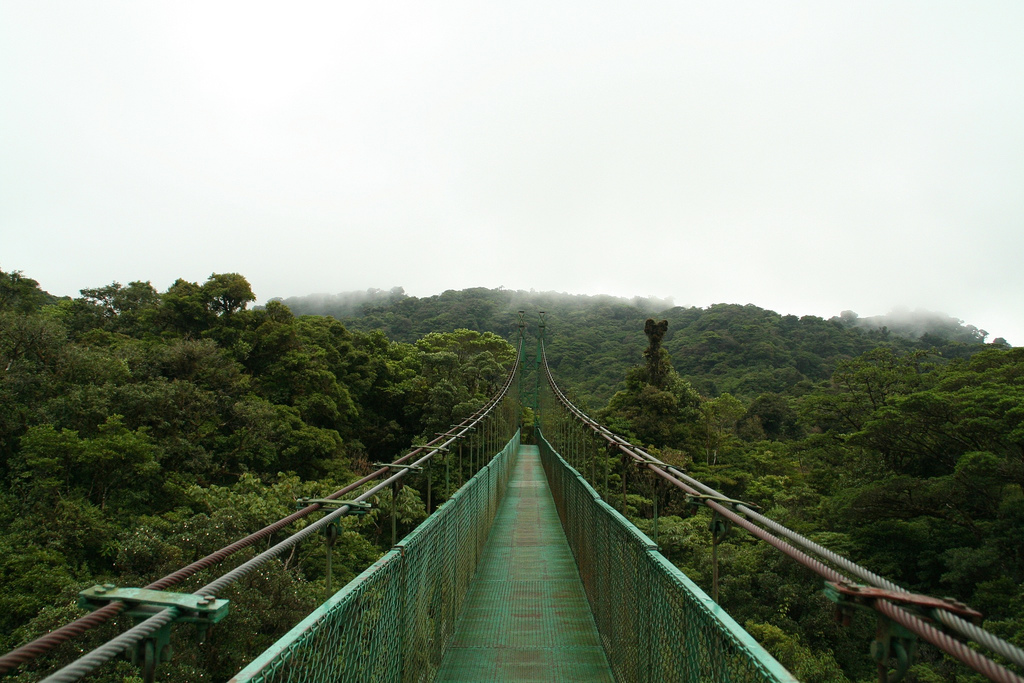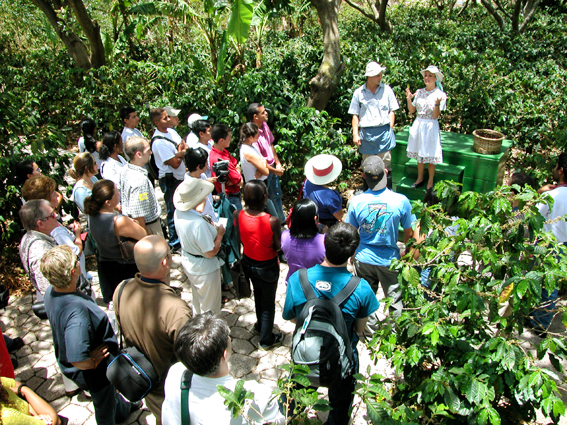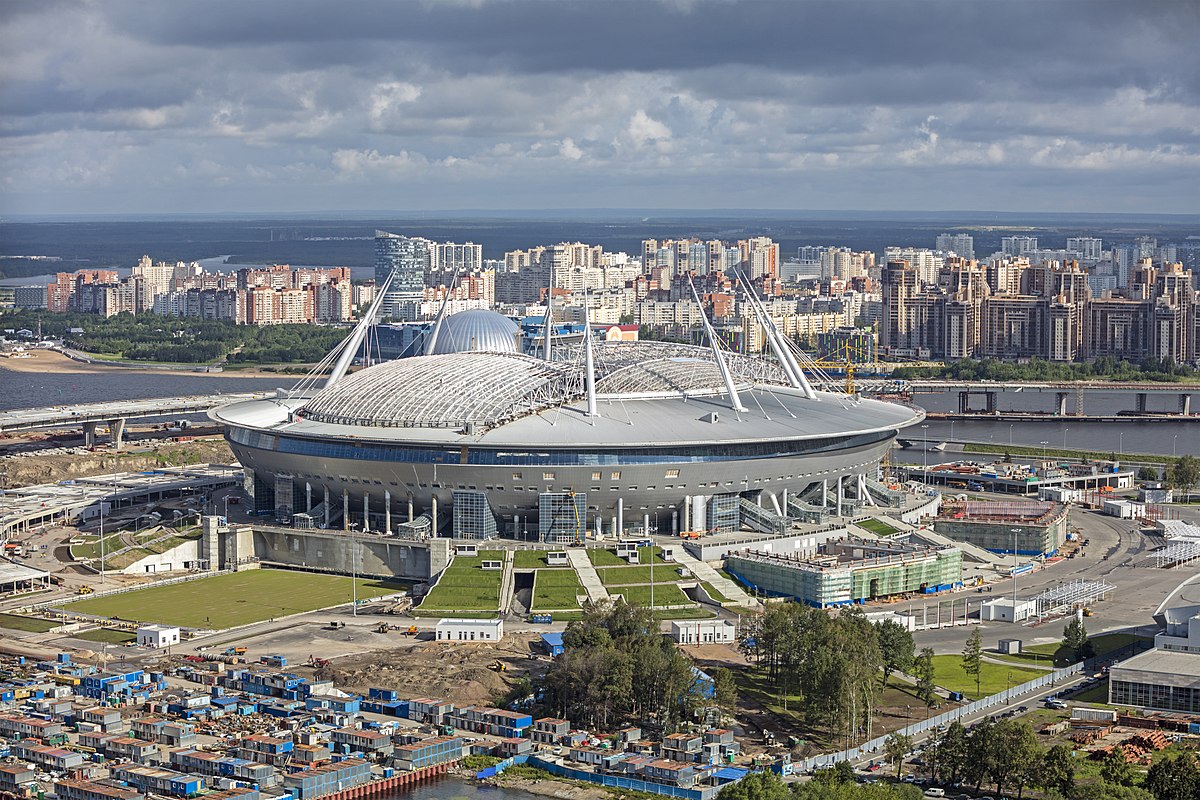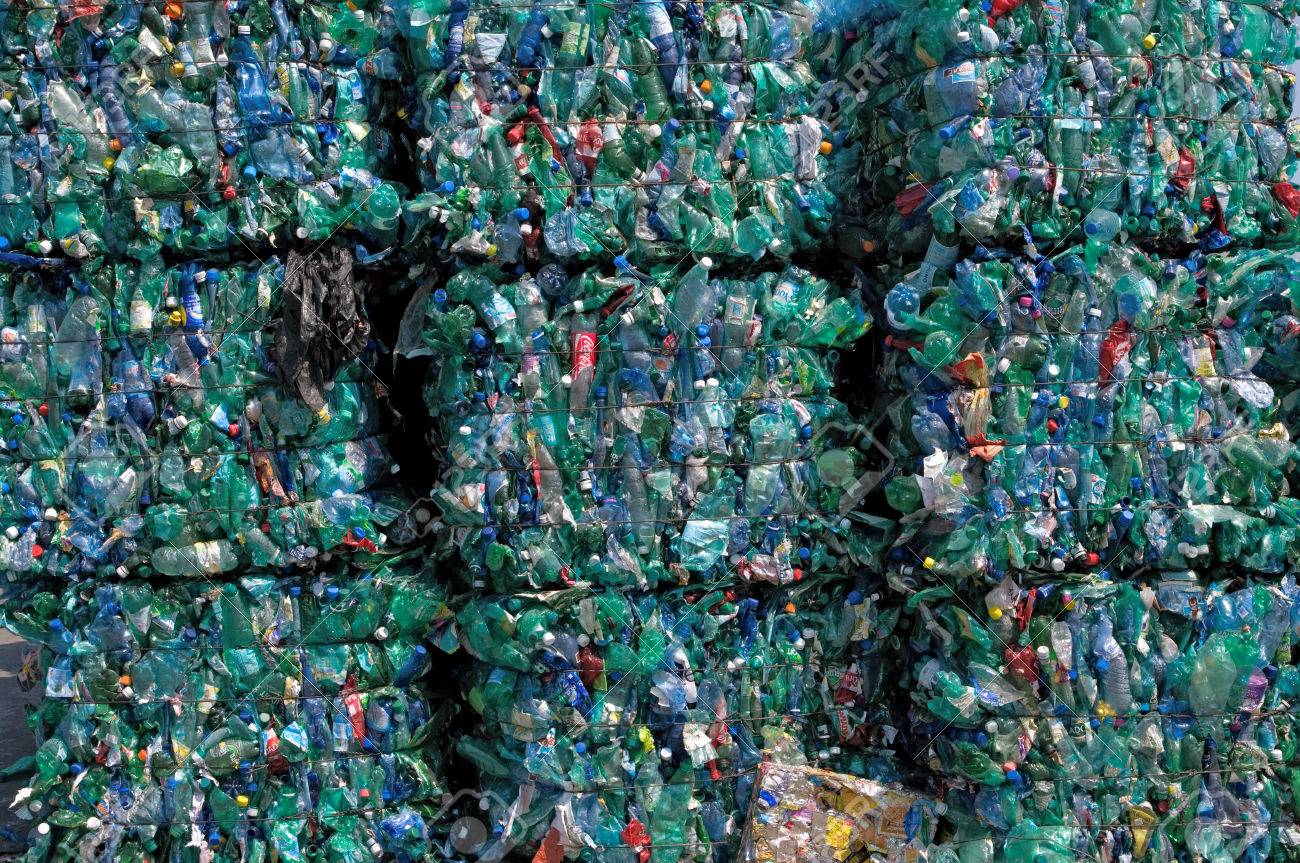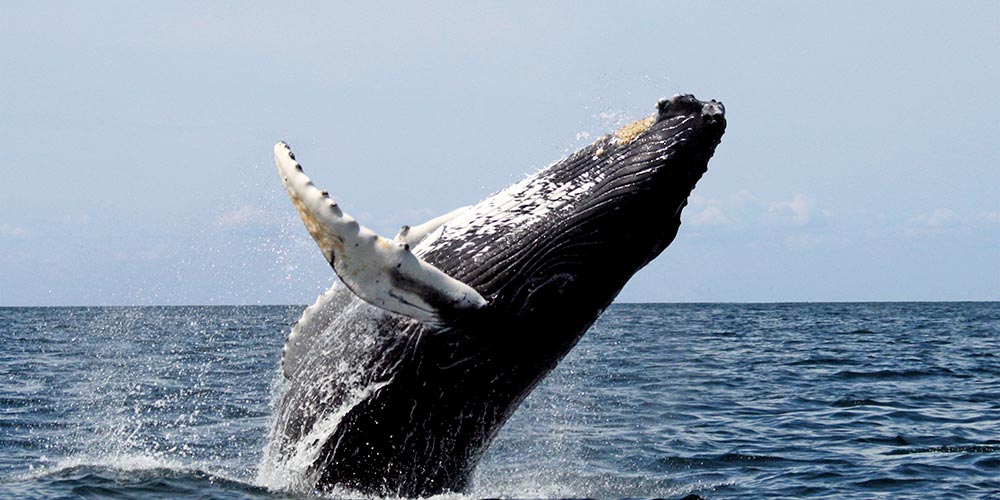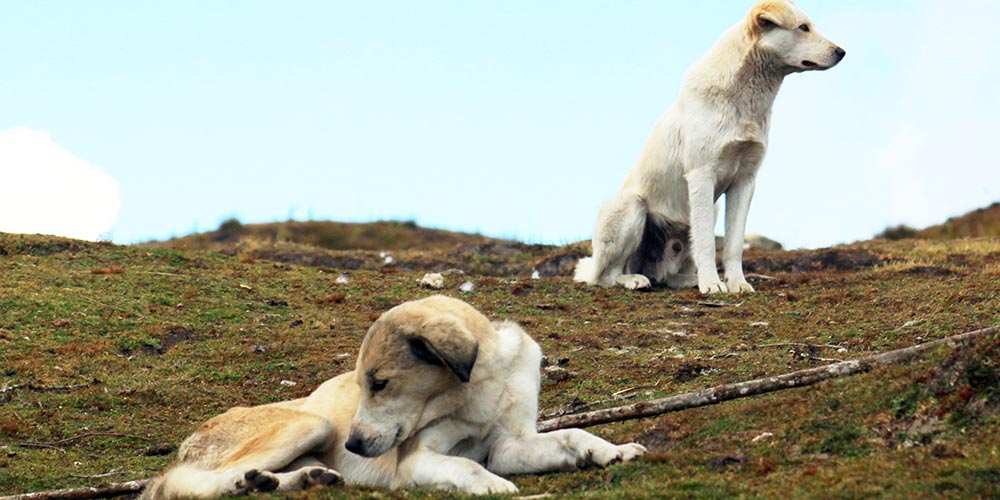Sea turtles offer a unique and natural spectacle in Costa Rican shores
August 7, 2018
Properties in Costa Rica
Between the months of July thru October, you’ll be able to observe one of the most beautiful natural phenomena: the nesting of turtles. Every year, hundreds of turtles come to the beaches of Costa Rica to lay their eggs, while others are born and start hatching from their eggs towards the sea simultaneously.
Biologists and scientists have different theories about why turtles nest and hatch massively and simultaneously. Many believe that they have a photographic memory of the beach and the stars, that’s why they return each year to the same place to lay their eggs. Others believe that this happens massively to prevent big depredators in the area.
Some turtles arrive at the shore during the sunset, but it is not until night when the sky is clear and the moon’s first quarter lights up the beach when this process takes place.
They crawl with great difficulty through the sand up to more than 20 meters away from the shore, which prevents the high tide from taking the eggs. Once positioned, they start digging in a hole of almost the same size as them and approximately 75 centimeters deep so that the eggs receive the heat and humidity necessary. It is a very harsh process where sometimes while hatching, you can see the turtle crying. Each one leaves between 100-150 eggs at least, that are born 45 days later. After expelling all the eggs, the turtle covers the hole again with sand and crushes it with its fins, making sure that the grounds are secured. Once the process is over, the turtle returns to the sea, and leave the eggs behind, never knowing their offsprings.
Once these little turtles are born, they come out of their eggs and climb among themselves to unearth the hole where their mother left them. Here begins their way to the water, full of obstacles. Some eggs never hatch, others have a difficult time coming out of the hole and can’t make it through. Also, once they are out, they can be eaten by larger predators such as dogs, crabs, birds, and even man. Others are eaten on the road, some can not stand the currents and are dragged to the beach again and again without being able to reach the sea.
The whole hatching and nesting process can be sighted by tourists, on a regular basis. Most of the National Parks in which this type of event happens offer tours to watch these turtles. You can go to Ostional National Park, Guanacaste which includes the beaches of Nosara and Guiones, one of the most famous places for the show. Also in Guanacaste, Las Baulas National Marine Park, consisting of four beaches: Playa Grande, Playa Langosta, Playa Ventanas and Playa Carbon. Another famous place in the Caribbean is the incredible Tortuguero National Park. One of the most touristic areas for this magical experience. It is important to be aware that these animals also spawn on other unprotected beaches or where there are no nearby refuge centers. It is essential to be aware of this and not bother in the process of both spawning and returning to the sea of small turtles. It is in its nature and is the normal cycle of this.
Be ready to walk on the beach during dawn, sometimes you can watch small quantities but sometimes you’ll be lucky to find thousands of turtles leaving their eggs. Nevertheless, this wonderful gift from nature is something worth watching. This is an activity that can be enjoyed by everyone, children, and grown-ups. Something not to be missed!

